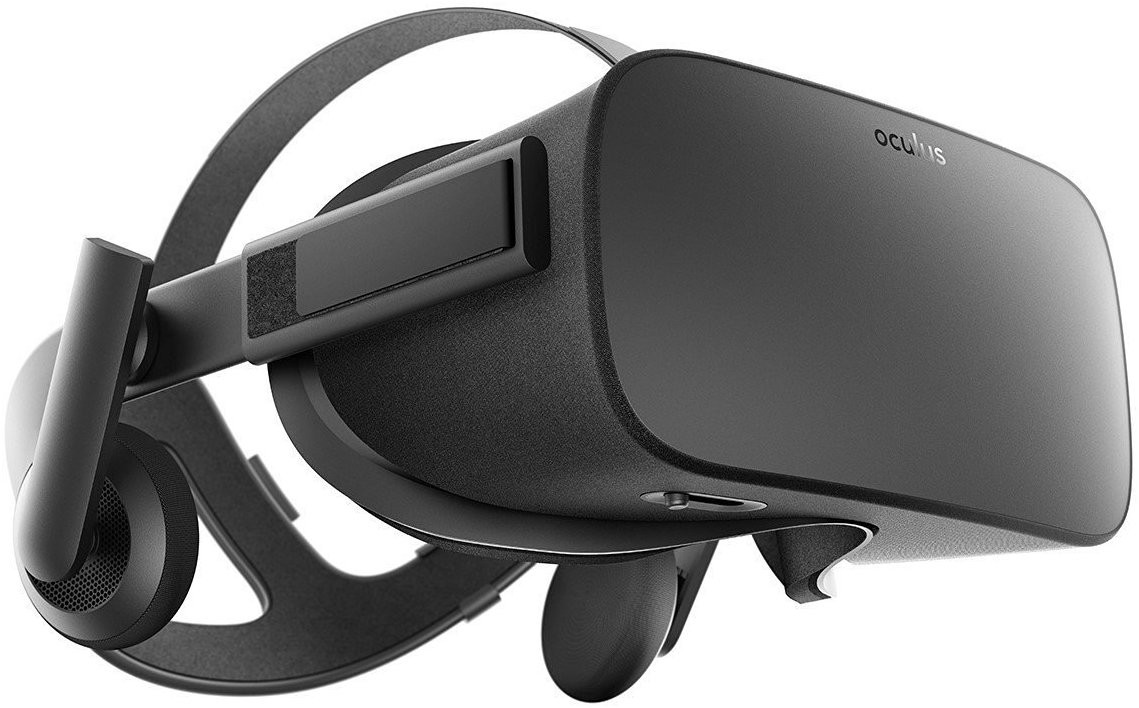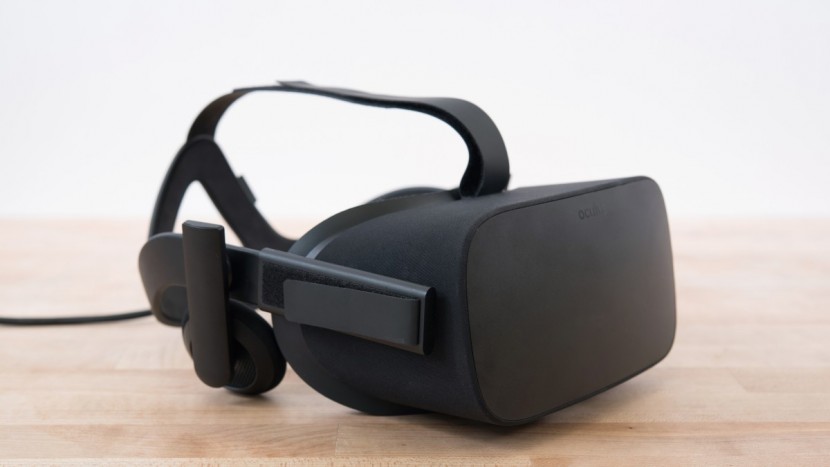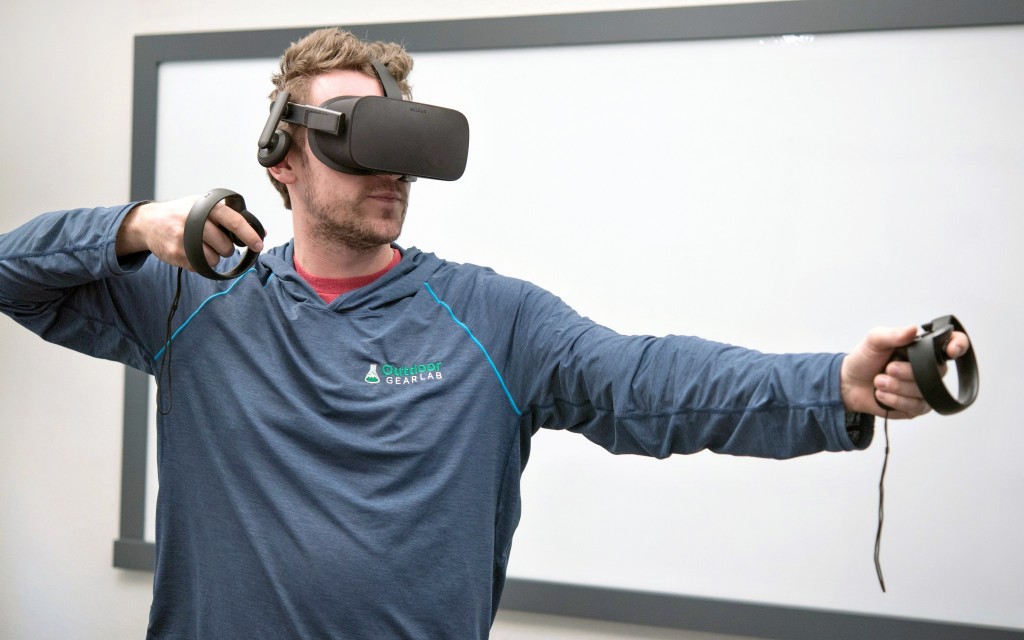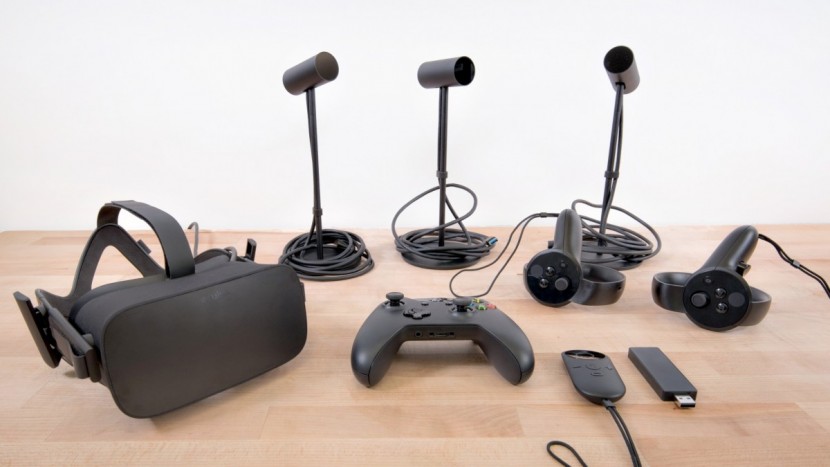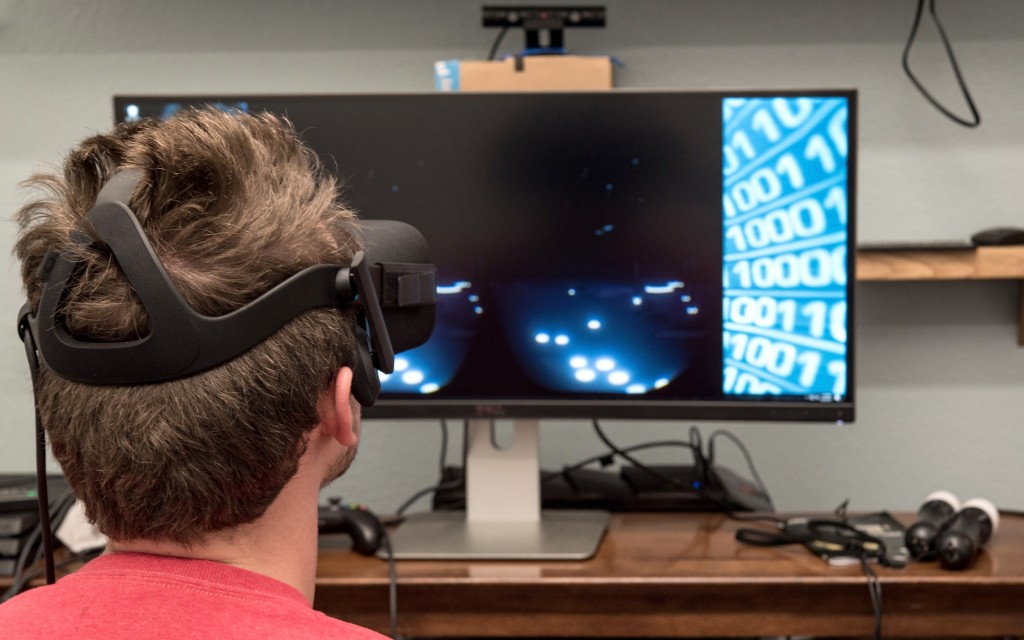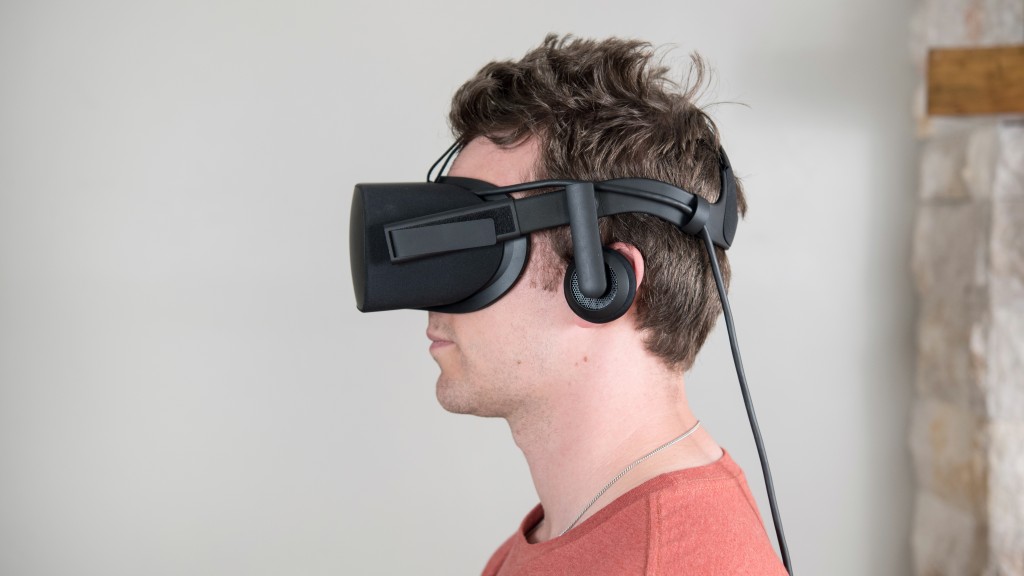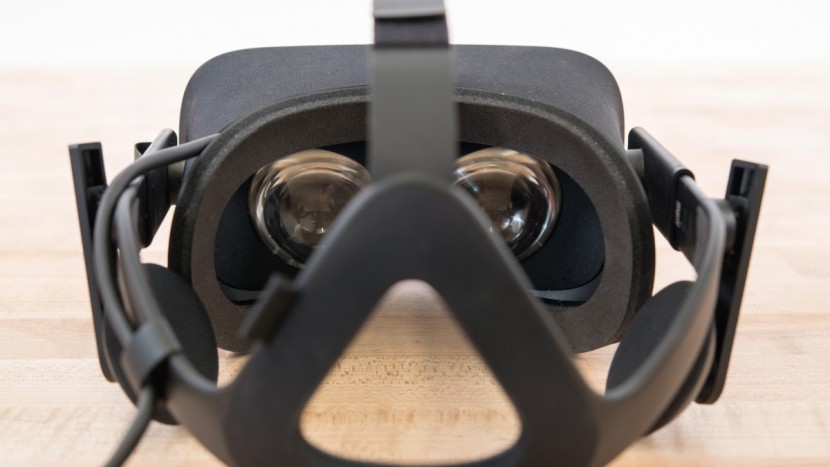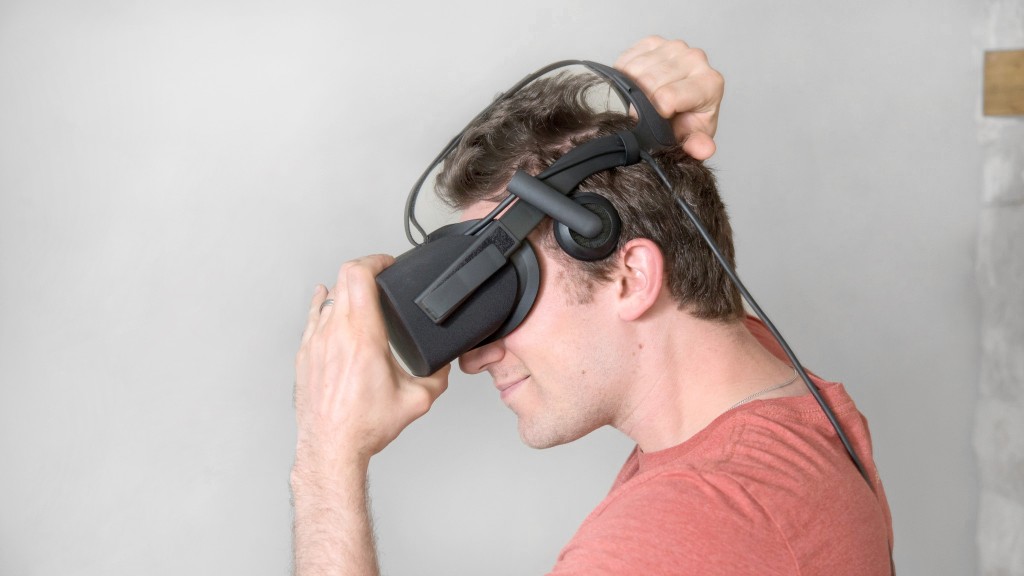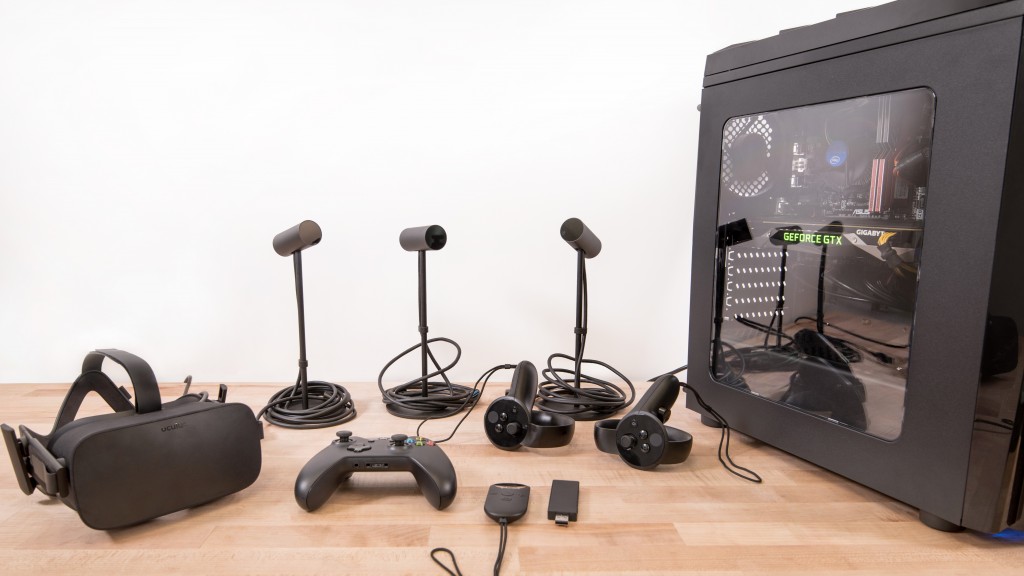Oculus Rift Review
Our Verdict
Our Analysis and Test Results
While the Oculus is our budget pick for the performance, tethered headsets, its retail price — and the cost of the required hardware to run it — is still decently expensive. Those who are shopping on a tight budget should consider one of the mobile headsets, as all of those products cost significantly less than the tethered models — though you do make some concessions in terms of interactiveness and visual immersiveness.
Performance Comparison
To find out which VR headset truly reigned supreme and merited an award, we bought the top models available on the market today and put them through a series of rigorous, head-to-head tests. We grouped these tests into five weighted metric — Visual Immersiveness, Interactiveness, Ease of Setup, User Friendliness, and Comfort.
Interactiveness
The Rift scored exceptionally well in this metric, earning an 8 out of 10 for its performance. We compared how easy it was to interact with each headset, the area of sensor coverage, as well as how accurate each headset and controllers were at tracking our movements in our tests.
It is very easy to interact with the Rift using its hand controllers, designed specifically for use with VR. There are no buttons on the headset itself, but there were more than enough buttons on the pair of hand controllers.
The external sensors did cover the entire area of the testing room sufficiently, but we did find that the motion tracking performance of the Rift did improve quite a bit with an additional third sensor. This sensor is usually included with the bundle pack to purchase or available to purchase separately for around $75.
The hand controllers were highly responsive in our testing process, accurately tracking our hand gestures through a variety of different VR experiences and games. The accuracy of the controllers exceeded that of the PlayStation VR and just about matched the performance of the HTC Vive. This was only with three sensors, as we did find a few issues when only using two sensors with the Rift. However, this product is, all and all, exceptionally interactive when it comes to virtual reality.
Visual Immersiveness
Ranking next in terms of importance, our visual immersiveness metric accounts for 20% of the total score for each headset. We ranked each product on its resolution and image sharpness, how well it blocked out ambient light, its field of view, and the overall image viewing quality. The Rift again scored near the top of the pack, meriting a 9 out of 10, with the following chart showing how this compared to the rest of the headsets in the review.
The Rift does a decent job of blocking out the majority of ambient light, but it still lets in a little around the nose. However, it isn't enough light to be distracting when using the headset. The Oculus has a resolution of 1080x1200 per eye, tying with the HTC for the highest resolution of the group. However, the text seemed to be a little bit sharper on the Rift than on the Vive.
The field of view on the Rift is quite expansive, claimed by the manufacturer to be 110° — one of the highest of the entire group.
However, we did find that we could see more of our test image in the PlayStation VR headset than in the Rift.
Overall, the Rift has excellent viewing quality, though we did find that the contrast ratio of the Oculus to be inferior to the Vive and the PlayStation VR. We also noted that there was a slight white haze over the dark areas of the images in our assessments, just marginally worse than the HTC or the PlayStation VR.
Comfort
Comprising 20% of the overall score, our Comfort metric assessed how comfortable it was to wear each headset for an extended period of time, whether or not it had adequate room for glasses, and if there is adequate ventilation to keep your face from becoming sweaty. The Oculus Rift did alright, earning a 5 out of 10 for its performance.
The Rift is decently comfortable to wear, though it couldn't match the comfort of the Gear VR by Samsung. Unfortunately, the Rift is exceptionally snug on your face, making it much more difficult to wear glasses than some of the other headsets, like the Vive or the PlayStation VR.
The Rift had an average amount of ventilation, meaning your face didn't usually get sweaty enough to fog the optics, unless worn in an exceptionally hot and humid climate or for a very long time.
User Friendliness
For this metric, we evaluated how much effort is required to connect headphones or set up the audio for each headset, how much work it took to set up each of the headsets after the initial installation was completed, and whether or not it was easy to press buttons inadvertently. The Rift scored exceptionally well in this metric, meriting a 9 out of 10 — the highest score of the entire group.
It is the easiest by far to configure the audio on the Rift, as the headphones are built right into the headset. The Rift is also very easy to get ready to use, only requiring you to put the headset on in view of the sensors. It is also impossible to accidentally press a button on the headset when in use, as there are no buttons on the Rift itself.
Ease of Setup
Our final metric of the test — Ease of Setup — takes credit for the remaining 10% of the total score. To determine the score for each headset, we evaluated how long it took us to install the hardware and software for each product, as well as the required level of hardware for each system to function properly. The Rift finished out our testing process with a decent performance.
It wasn't too much work to get the hardware for the Rift up and running, only taking about 45 minutes when moving at a leisurely pace. The majority of the setup process is directed through a series of prompts, with the only slight setback being the placement of the external sensors. We found these to be a little finicky when it came to positioning and it took a little adjustment to get them to where they were happy.
The software setup was also quite easy, taking less time than the Vive, though it wasn't quite as quick as the PlayStation VR. It took about an hour, requiring us to download the installer and create an Oculus account in the process.
There are somewhat stringent hardware requirements to adequately run this headset, requiring a higher-end gaming PC with a performance graphics card. It is also prudent to purchase an additional, third external Oculus sensor if the bundle did not originally come with it, to maximize your VR experience.
Value
The Rift is a great compromise for those that want a top-end VR experience without paying a premium price, making it a solid value.
Conclusion
The Oculus Rift is an all-around great VR headset, allowing you to get the maximum experience while saving some cash.


